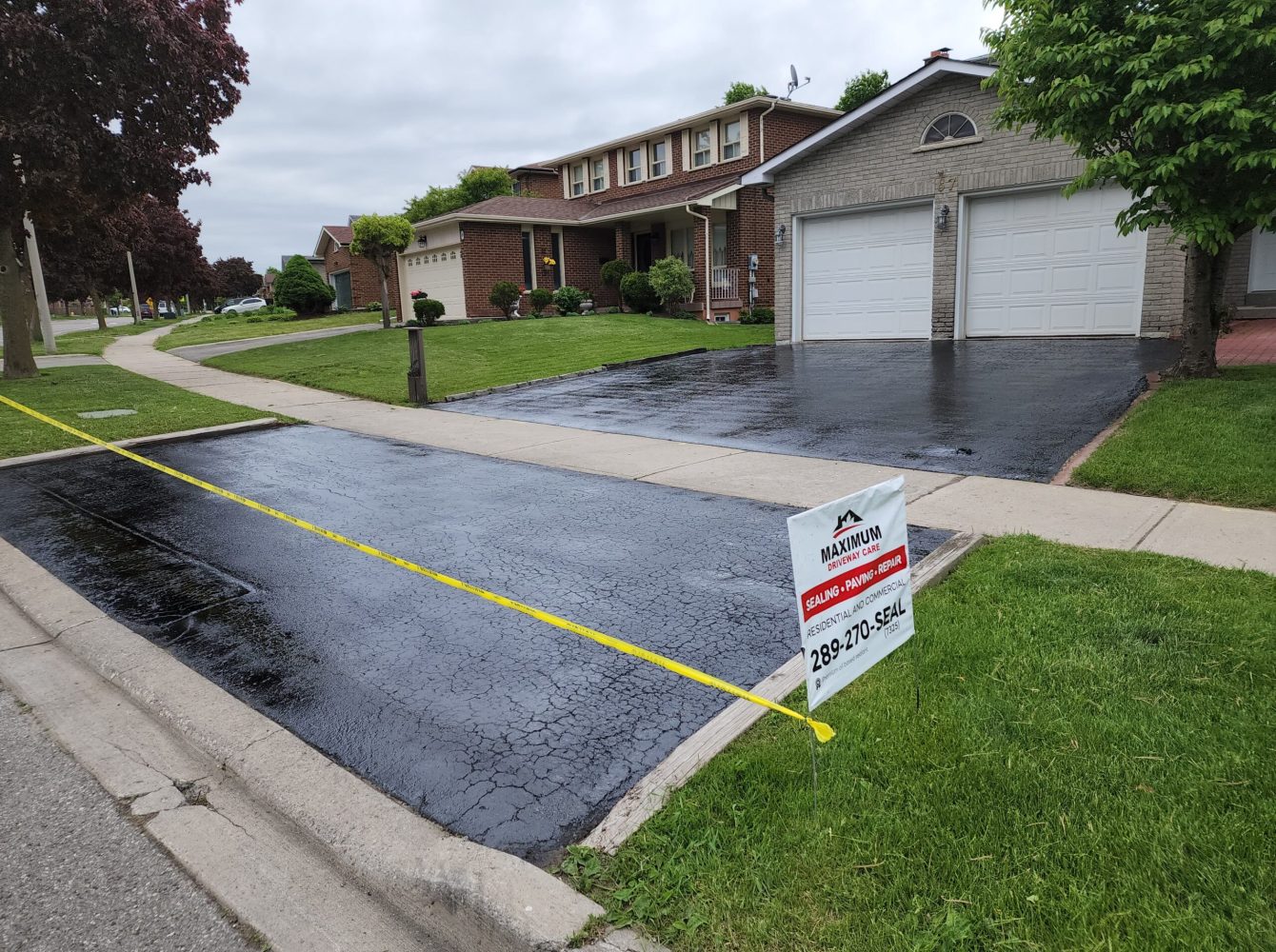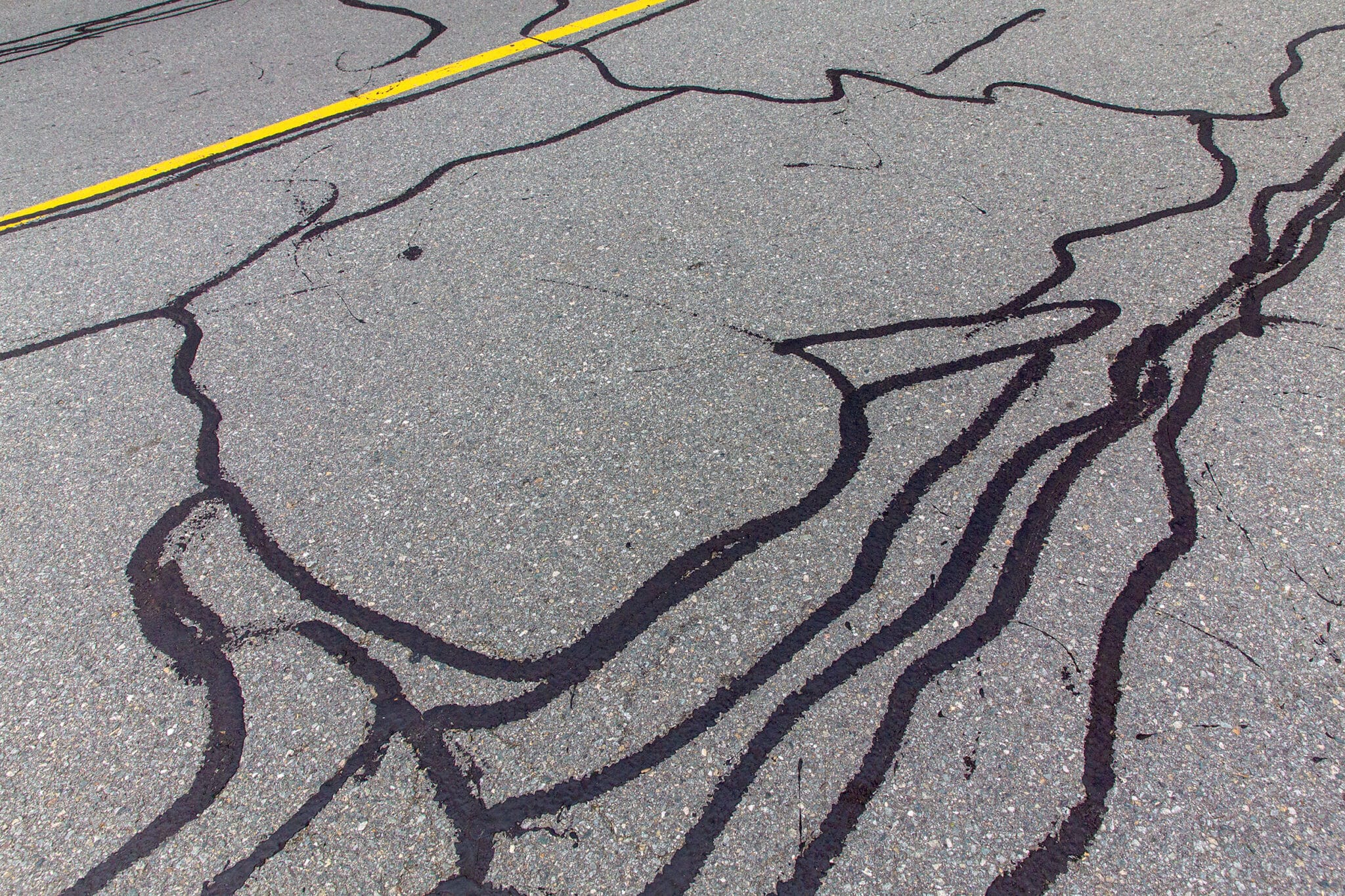Make The Most Of Investment Returns: Angled Parking Lot Perfection with Asphalt Sealing
Make The Most Of Investment Returns: Angled Parking Lot Perfection with Asphalt Sealing
Blog Article
Hot Mix Asphalt: A Lasting Remedy for Sidewalk
Warm Mix Asphalt (HMA) has actually arised as a leading sustainable option for sidewalk services, using a myriad of ingenious modern technologies and environmental benefits. Its capability to lower and reuse materials energy intake offers an engaging instance for its adoption in roadway building tasks. The long-lasting efficiency and resilience of HMA make it a favored option for facilities advancement. As the demand for environmentally friendly construction practices grows, exploring the nuances of HMA's sustainability can provide useful insights into the future of pavement options.
Ecological Benefits of Hot Mix Asphalt

In Addition, Hot Mix Asphalt assists to mitigate city warm island effects. Its dark color absorbs sunlight, lowering the amount of warm reflected back right into the atmosphere contrasted to lighter-colored pavements. This can reduce ambient temperatures in metropolitan locations, reducing the need for a/c and eventually decreasing energy consumption.
Furthermore, Hot Mix Asphalt adds to improved stormwater management. Its permeable nature allows water to infiltrate the pavement and reenergize groundwater materials, decreasing overflow and the threat of flooding. These environmental advantages make Hot Mix Asphalt a sustainable option for paving highways and roads.
Energy Efficiency in HMA Production
Is energy efficiency a vital element in the manufacturing of Warm Mix Asphalt (HMA)? Power plays a substantial role in the manufacturing of HMA, affecting both price and ecological sustainability. One vital aspect of energy performance in HMA production is the use of warm mix asphalt (WMA) innovations.
Additionally, improvements in plant modern technologies have actually resulted in more energy-efficient HMA production processes. Modern plants are created with features like recycled asphalt pavement (RAP) handling capabilities, effective heater systems, and boosted insulation, all adding to power financial savings. By maximizing energy usage in HMA production, the sector can reduce its carbon footprint while keeping high-grade sidewalk products. Power efficiency is, therefore, a critical factor to consider in guaranteeing the sustainability of Hot Mix Asphalt manufacturing.
Recyclability of Hot Mix Asphalt
The recyclability of Hot Mix Asphalt (HMA) is an essential element of its sustainability and long-lasting environmental effect. HMA is just one of the most recycled products in the USA, with over 100 million lots of recovered asphalt sidewalk (RAP) being reused annually in new sidewalk construction. Reusing HMA offers several ecological benefits, such click here to read as minimizing the requirement for virgin products, lowering energy usage during production, and lowering the quantity of waste sent out to land fills.
The process of reusing HMA entails milling the existing sidewalk, squashing it right into smaller sized items, and mixing it with new aggregate and asphalt binder to develop a recycled mix. On the whole, the recyclability of HMA plays a substantial duty in advertising lasting methods within the sidewalk market.

Long-Term Performance of HMA
Asphalt sidewalks demonstrate longevity and strength over an extensive duration, reflecting the redirected here long-term efficiency of Hot Mix Asphalt (HMA) In addition, improvements in HMA innovation, such as the use of polymer-modified binders and warm mix asphalt, have better enhanced the resilience and durability of HMA sidewalks. By prioritizing high quality construction and maintenance practices, HMA continues to confirm itself as a lasting and cost-effective service for the original source resilient pavement infrastructure.

HMA: Resilience and Sustainability
Demonstrating both sturdiness and sustainability, Hot Mix Asphalt (HMA) has become a foundation in the building of resilient pavement infrastructures - commercial parking lot paving. HMA's resilience comes from its capacity to stand up to heavy lots, rough weather problems, and high traffic volumes, making it a reliable choice for streets, freeways, and airport terminal paths. The make-up of HMA, which typically consists of aggregates, binder, and filler, plays a critical role in boosting its long life and resistance to tear and use
Moreover, HMA's sustainability hinges on its recyclability and energy-efficient manufacturing process. The capability to recycle reclaimed asphalt pavement (RAP) in new HMA blends minimizes the demand for virgin products and lessens the environmental influence of pavement building and construction and maintenance. Furthermore, the energy performance of creating HMA depends on its reduced mixing temperature levels compared to various other sidewalk materials, resulting in lowered power usage and greenhouse gas emissions.
Final Thought
In final thought, warm mix asphalt (HMA) offers a lasting solution for pavement with its eco-friendly qualities. HMA's recyclability, energy efficiency in production, and lasting sturdiness make it an environmentally friendly choice for road building. By preserving all-natural resources, reducing waste, and lowering greenhouse gas emissions, HMA plays a vital role in promoting sustainability in facilities development. Its ability to mitigate metropolitan warmth island impacts better emphasizes its significance in developing durable and ecologically conscious sidewalk systems.
HMA is one of the most recycled materials in the United States, with over 100 million bunches of redeemed asphalt sidewalk (RAP) being reused annually in brand-new sidewalk building and construction.The process of reusing HMA involves grating the existing sidewalk, crushing it right into smaller sized pieces, and mixing it with new aggregate and asphalt binder to develop a recycled mix.Asphalt pavements show resilience and durability over an extensive period, reflecting the lasting efficiency of Warm Mix Asphalt (HMA) Additionally, innovations in HMA modern technology, such as the usage of polymer-modified binders and cozy mix asphalt, have actually additionally improved the toughness and durability of HMA pavements. The capacity to recycle recovered asphalt sidewalk (RAP) in new HMA blends decreases the demand for virgin materials and lessens the environmental impact of sidewalk building and maintenance.
Report this page